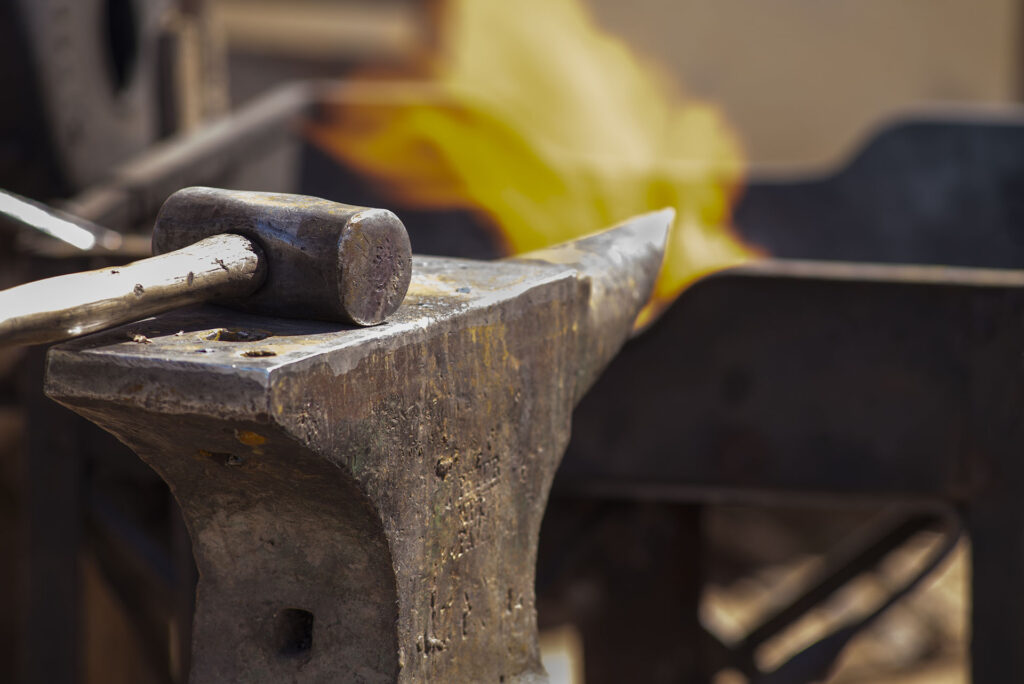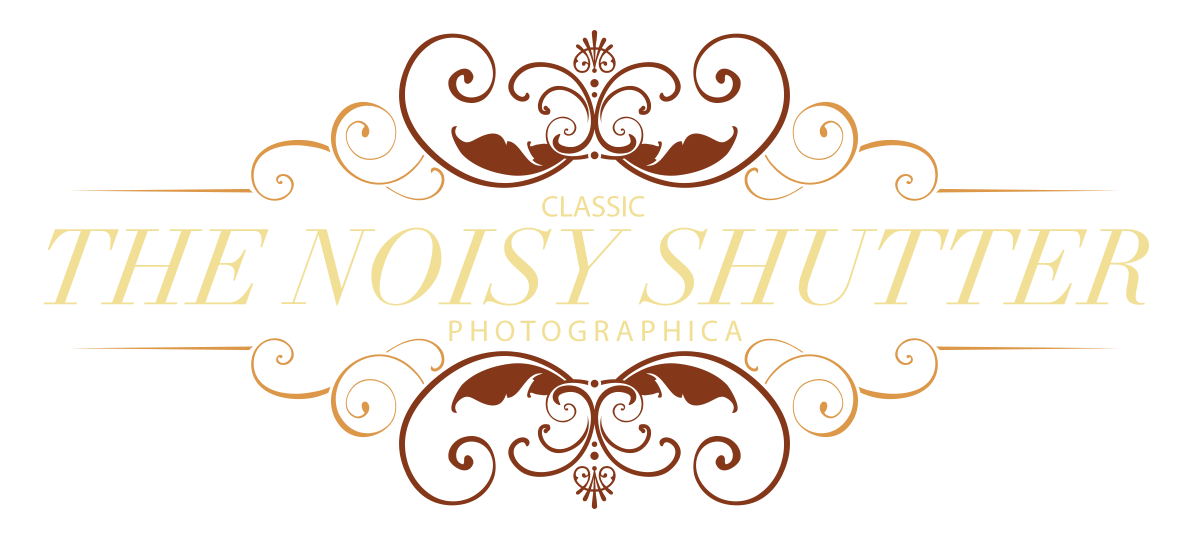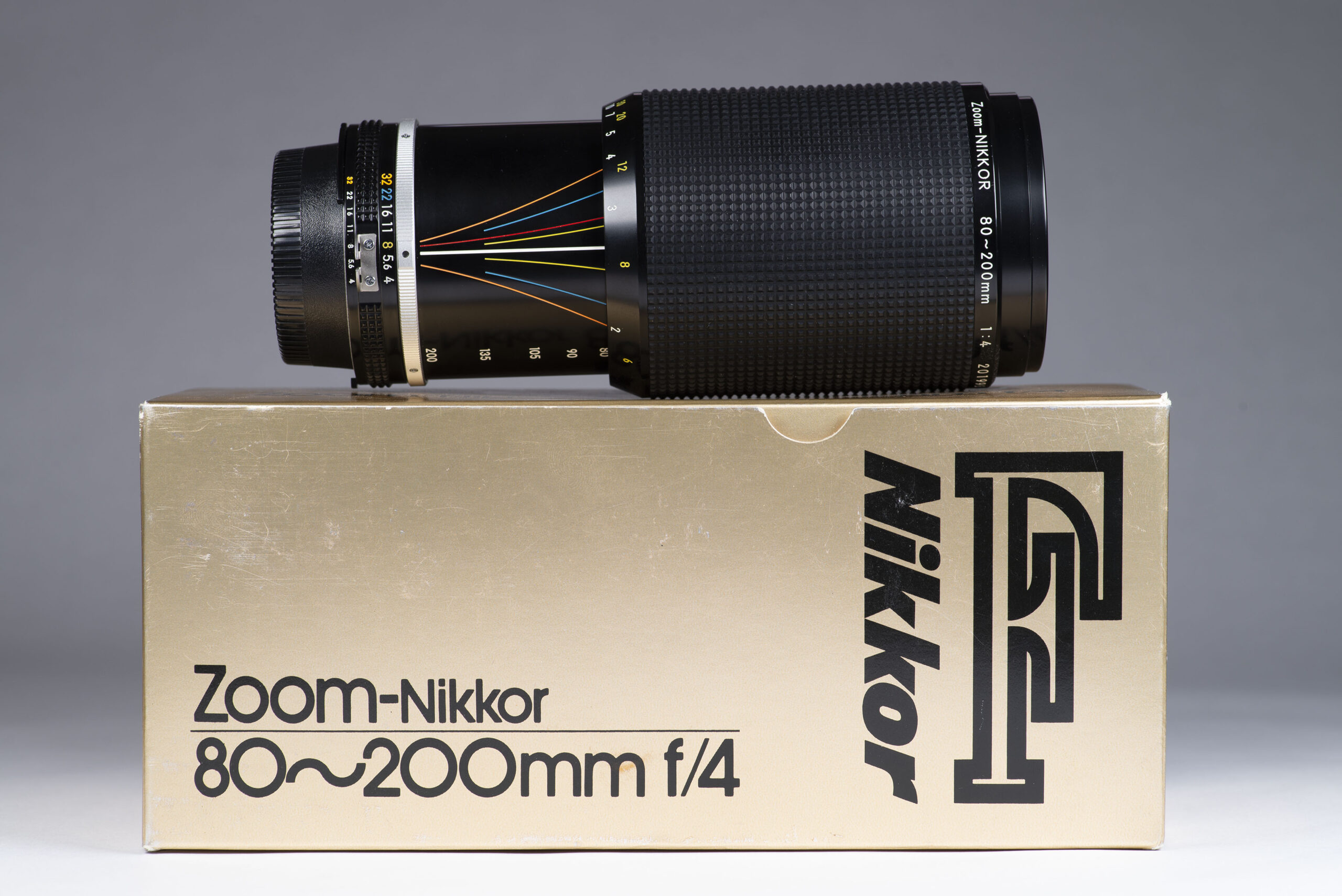Still packaged in its pristine golden box, it sat at the top of the glass case in an antique store in Las Vegas. During the time it took to find someone with the key to the case, I calculated rather low odds that the lens inside the box was in as good a shape, if it was the correct lens at all. I have had my hopes up in the past, only to have them trampled. This time, however, I was not disappointed. There inside sat a brand new Nikkor lens in the original plastic wrap, paperwork, and even a Nikon-branded desiccant pack. It was clearly wanting to be put to work, and I obliged.

Production of this lens started in 1981, and it was the product of evolution of the 80-200mm f4.5 zoom lenses that came before it. By then, Nikon’s zoom lenses were maturing into professional-level tools rather than the exclusive domain of amateurs. Today there is no stigma attached to zooms—in fact, quite the opposite. Beautiful 24-70mm and 80-200 f2.8 AF zooms are ubiquitous among professionals and enthusiasts alike. This AI-s version was the last of the Nikon manual-focus telephoto zooms to be produced, and production continued through 1998.
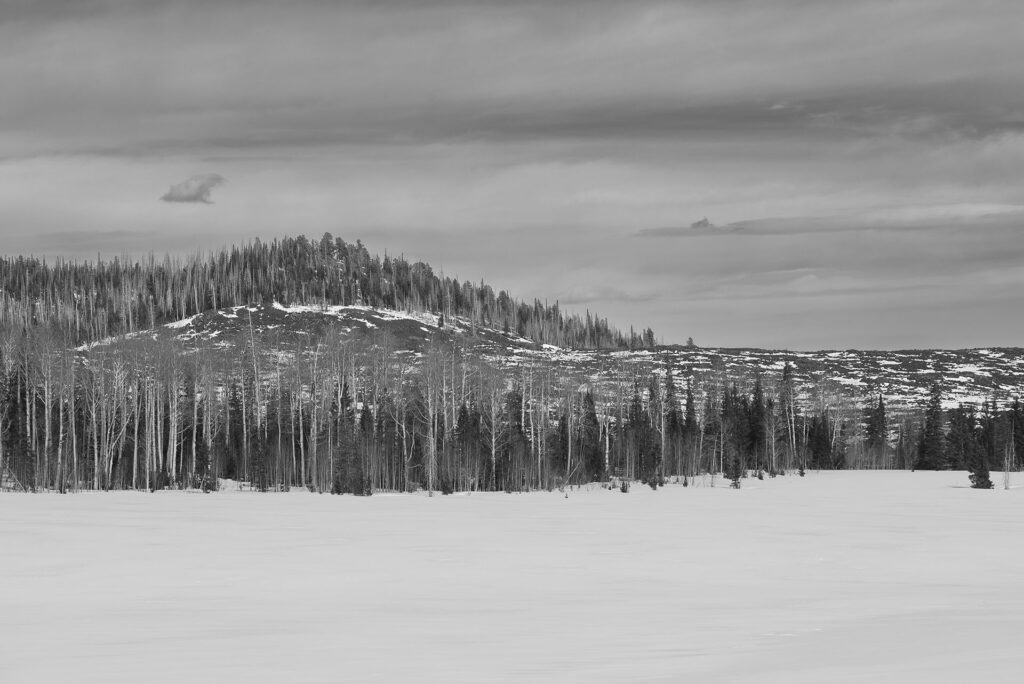
Focus and zoom functions are done with the same wide control ring. Forward and backward movement of the ring zooms the optics in and out. Rotating the ring focuses the image. The maximum aperture of f4 is constant throughout the zoom range, which is a nice assurance when shooting in manual mode.
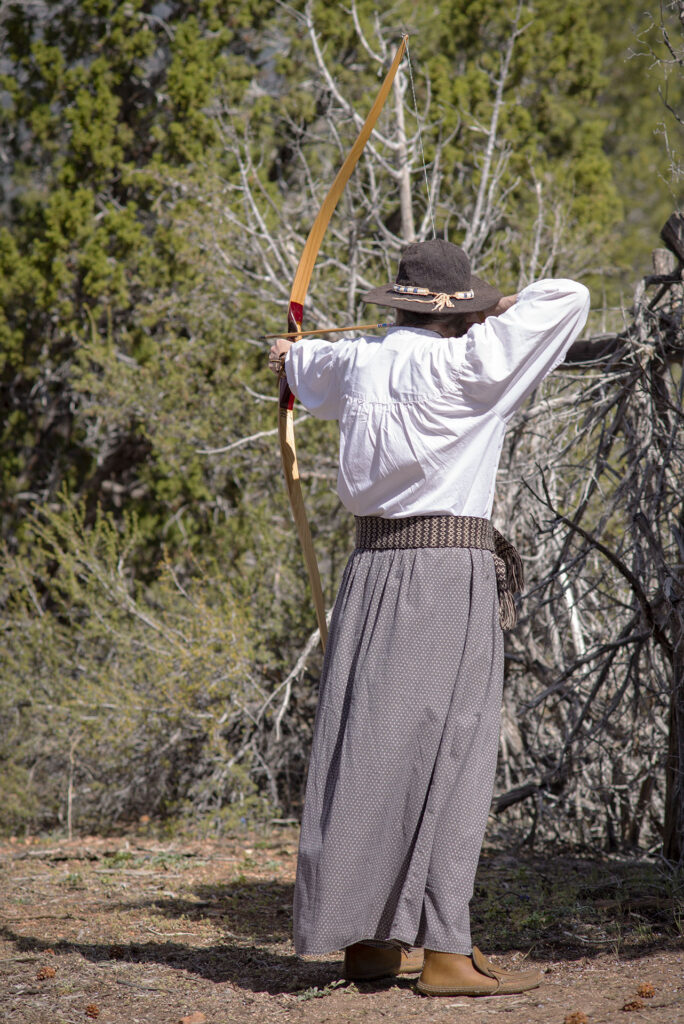
Although I am primarily a prime lens kinda guy, I have to admit that a zoom comes in handy when movement is constrained by physical barriers. Sometimes you simply cannot “zoom with your feet”. Such was the case on a recent road trip where I wanted to photograph some old homesteads but felt compelled to respect the posted “No Trespassing” signs. This lens allowed me to frame the images as I wanted, from the limited vantage points I could legally access. I found the zoom feature equally handy at a mountain man rendezvous where I wished to remain unobtrusive.
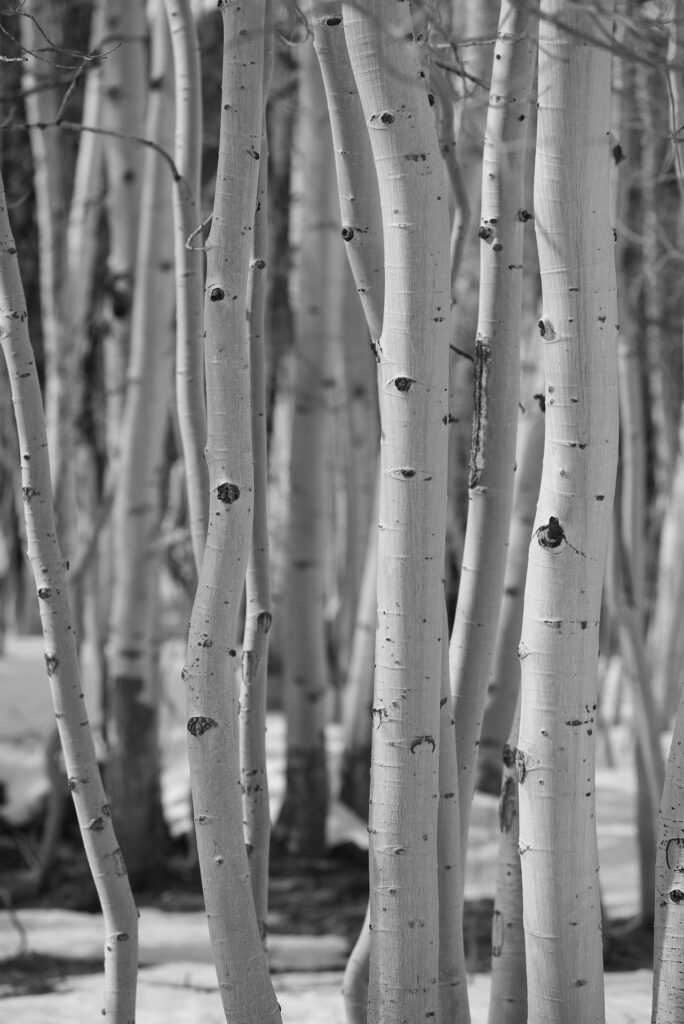
At f4, this lens is only one stop slower than the popular and expensive f2.8 zooms of the same focal length range. When I consider that the current AF-Nikkor 80-200mm f2.8 is 40 percent heavier and nearly ten times the price, I more readily accept its limitations. Practical me should sell all my Nikkor vintage glass and buy a 24-70, an 80-200, and a 300mm, all autofocus with a fashionable f2.8 max aperture. There is little that I couldn’t do with that kit, and it covers everything I regularly shoot. But that’s not how I roll. Old glass rocks.
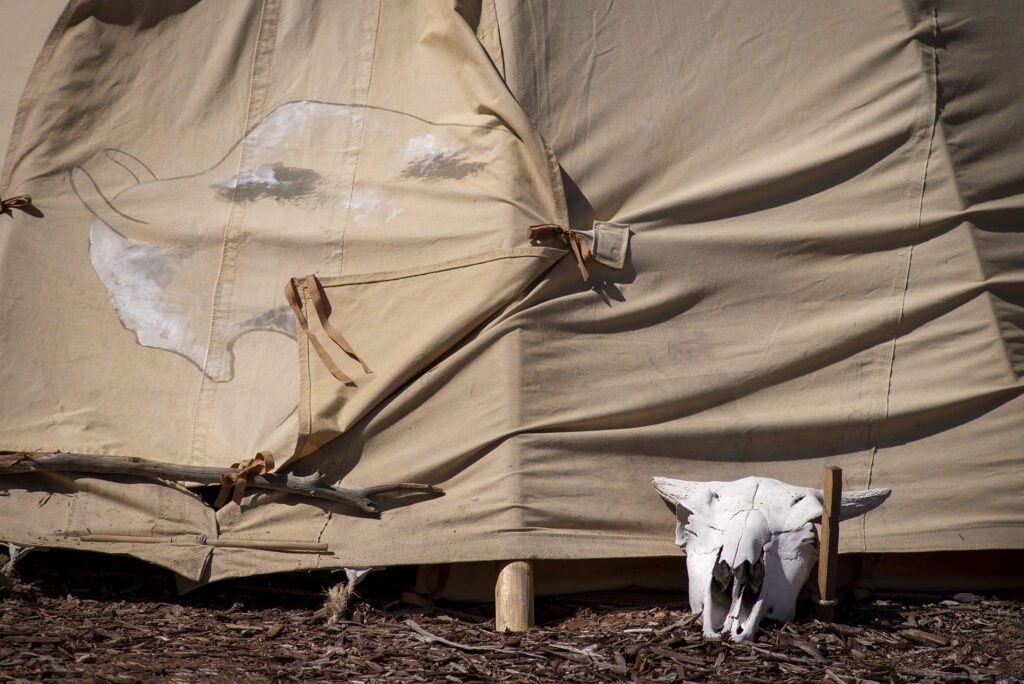
Currently I have no complaints about this lens. It is adequately sharp at all focal lengths and distances, with few discernible aberrations and minimal distortion. Bokeh is pleasant and non-distracting to my eyes, and backgrounds melt away as they should. All mechanical functions are smooth and communicate quality, inside and out. It is simply an honest and robust chunk of brass and glass, built to last by craftsmen who cared.
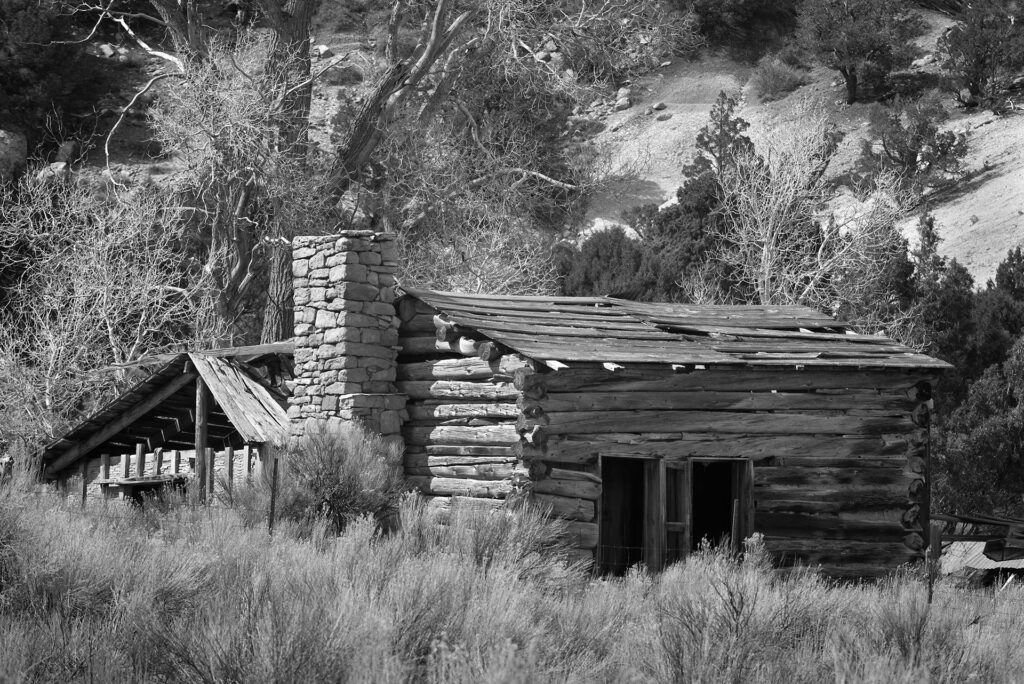
Specifications as follows:
Designation: Zoom-Nikkor 80-200mm f/4 AI-s.
Optical Formula: 13 elements in 9 groups, multicoated
Weight: 810 g (28.6oz)
Aperture: 9 blades
Aperture Range: f4 – f32
Minimum Focus distance: 4 feet (1.2m), all focal lengths.
Filter Diameter: 62mm; rotates while focusing.
